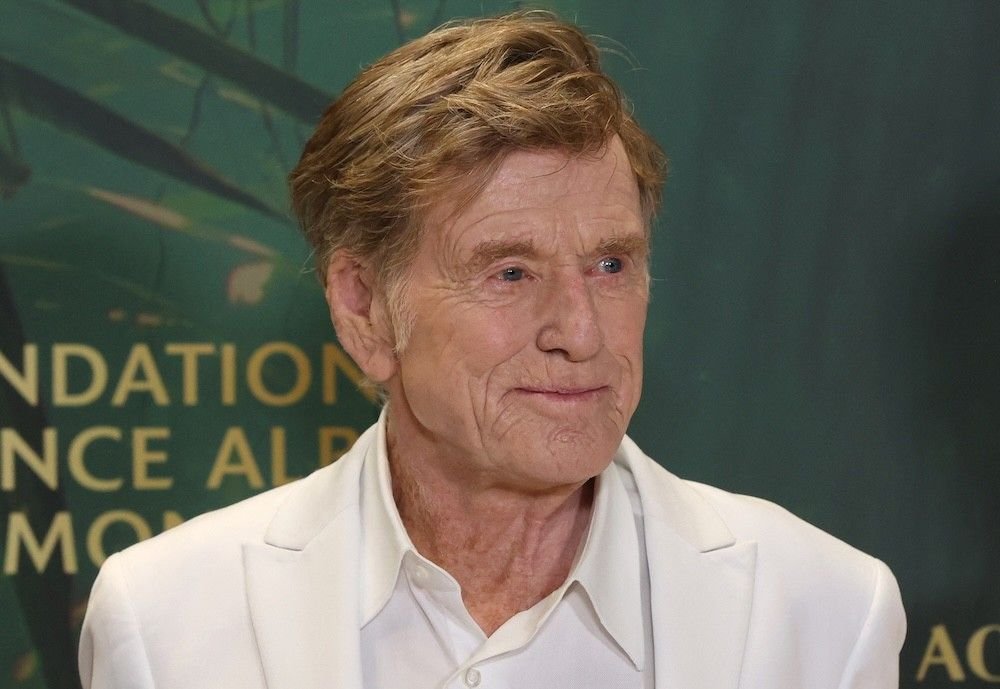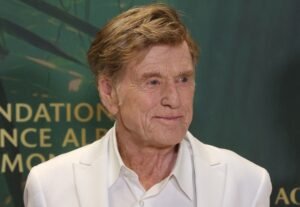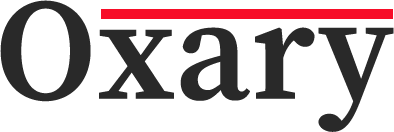by Alexandra Nguyen
Seattle’s official 2026 FIFA World Cup poster holds more meaning than meets the eye.
The waves in the poster are actually cedar leaves, honoring the region’s Indigenous peoples. The orca’s fin contains a hidden map of downtown Seattle. The arches reference both the 1962 World’s Fair and the gates of the city’s Chinatown-International District.
The poster, ranked #1 by Sports Illustrated and breaking online sales records, is the work of Seattle World Cup CEO Peter Tomozawa and artist Shogo Ota. The collaboration between the two Japanese Americans turned a design into a symbol for identity, leadership, and a city on a global stage.
From Toronto to Guadalajara, each of the tournament’s 16 host cities created its own official poster. Seattle, set to host six matches at Lumen Field, held a competition and named Ota the winner. The Camano Island-based artist unveiled his work at the Pioneer Square First Thursday Art Walk in April. Sports Illustrated wrote that it “perfectly embodies the natural beauty of Seattle, incorporating engaging artistic styles and iconography, complemented by a vibrant color scheme that plays off the local Seattle Sounders rave green.”
In May, Tomozawa spoke at The Asian American Foundation (TAAF) 2025 Heritage Month Summit during the panel “TAAF Cities: How AANHPIs Are Shaping Safer, Stronger, and More Prosperous Cities,” where he discussed his artist selection. A former Goldman Sachs executive with experience at the Sounders, the LA Olympics, and in Hawaii public service, Tomozawa emphasized his commitment to leading Seattle’s World Cup with inclusivity, even through the event’s official artwork.
The mission to blend local identity, cultural heritage, and global unity extended beyond the poster, shaping the people behind it.
“On the World Cup team, we don’t have any white males,” Tomozawa said. “That was a big shock for a sports organization.”
That vision of inclusion came to life through the hands of Shogo Ota. Known for his incorporation of Japanese elements into their Western-influenced art, Ota’s path to becoming the creator of Seattle’s World Cup poster was not linear. Instead, he came to America to learn English and studied business at the University of Idaho until, one day, his friend told him, “You know, you kind of look like an artist.”

The comment stuck with him, and eventually Ota switched his major to art and graphic design. He landed an internship in Seattle, where he worked for seven years before opening his own studio, Tireman Studio. Since then, he has designed art for companies including Starbucks and Fjällräven Kånken.
Although Ota does not do much competitive work, his love for soccer inspired him to participate. So, he got to work sketching and drafting meaningful designs, making sure to include iconic Seattle landmarks while capturing the essence of the state of Washington as a whole. He considered different ideas, like a soccer ball-shaped map, but ultimately chose to blend multiple elements to represent the city, the community, and the sport.
“I wanted to make something iconic,” he said, “something people would remember 25 years later.”
The poster is more than a design; it is a cultural ambassador for Seattle, showcasing the city skyline, the Puget Sound, and its lush, year-round greenery. It reflects how inclusivity in leadership and creative roles can make a powerful impact on a global scale. Now displayed throughout Seattle, the poster welcomes locals, soccer fans, and visitors alike as the city prepares for the next World Cup. Proud of the final product, Tomozawa called it a poster that is “lapping around the world.”
But beyond the sales and rankings, the poster is a moment of AAPI visibility on a global stage. While their work reflects their communities, neither Tomozawa nor Ota allows identity to define its boundaries.
“It doesn’t matter who you are, what matters is what you create,” Ota said. “You don’t become an Asian artist, you just become an artist.”
Support our June Membership Drive and receive member-only benefits. With less than 8 days left in our fundraising drive, we are 43% of our goal of $10,000 in new donations and monthly and annual donation pledges and 28% of our goal of gaining 25 new recurring donors by the end of the month. Please help to ensure quality content in amplifying the voices of the AAPI community.
We are published by the non-profit Asian American Media Inc and supported by our readers along with the Robert Wood Johnson Foundation, AARP, Report for America/GroundTruth Project & Koo and Patricia Yuen of the Yuen Foundation.
You can make your tax-deductible donations here via credit card, debit card, Apple Pay, Google Pay, PayPal and Venmo. Stock donations and donations via DAFs are also welcomed. Contact us at info @ asamnews dot com for more info.











